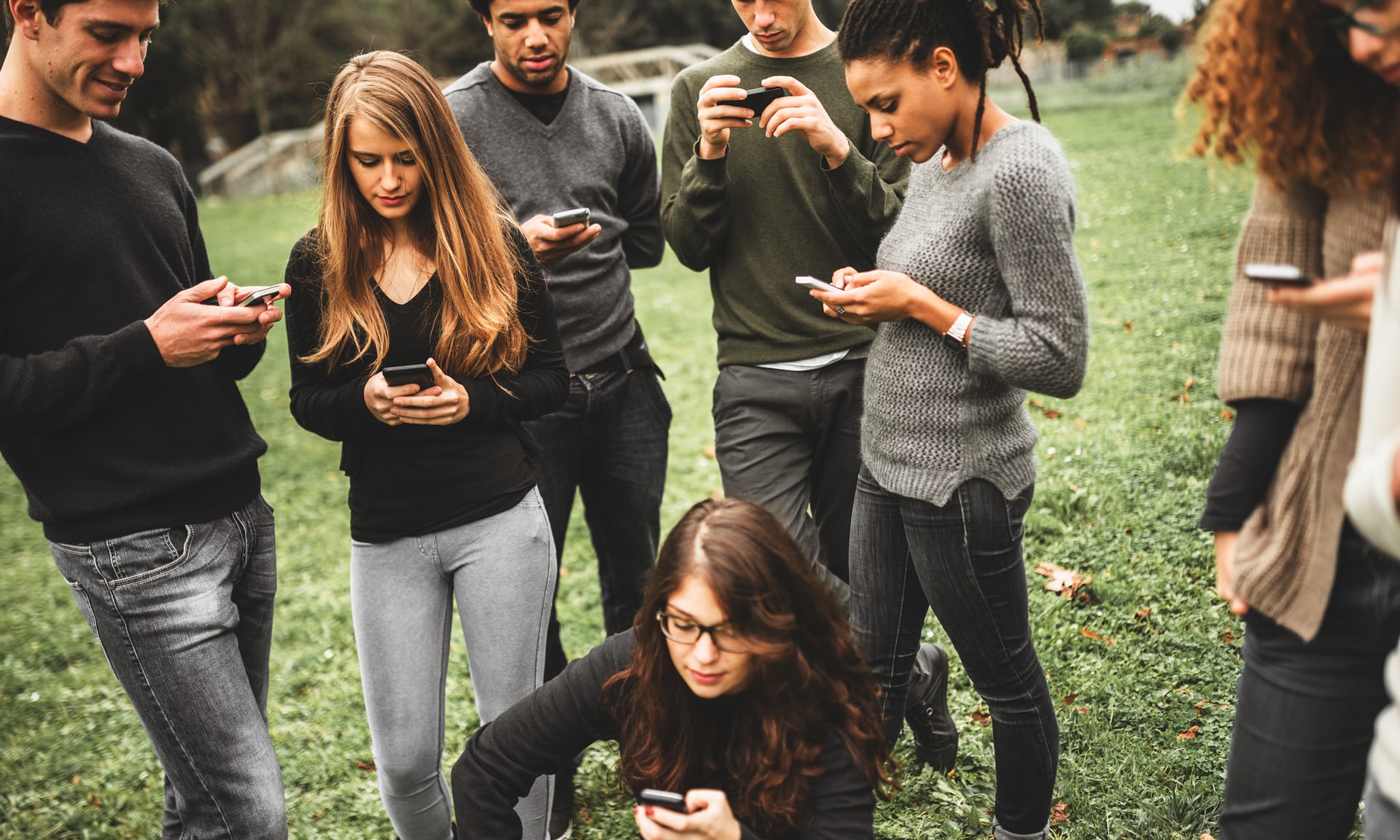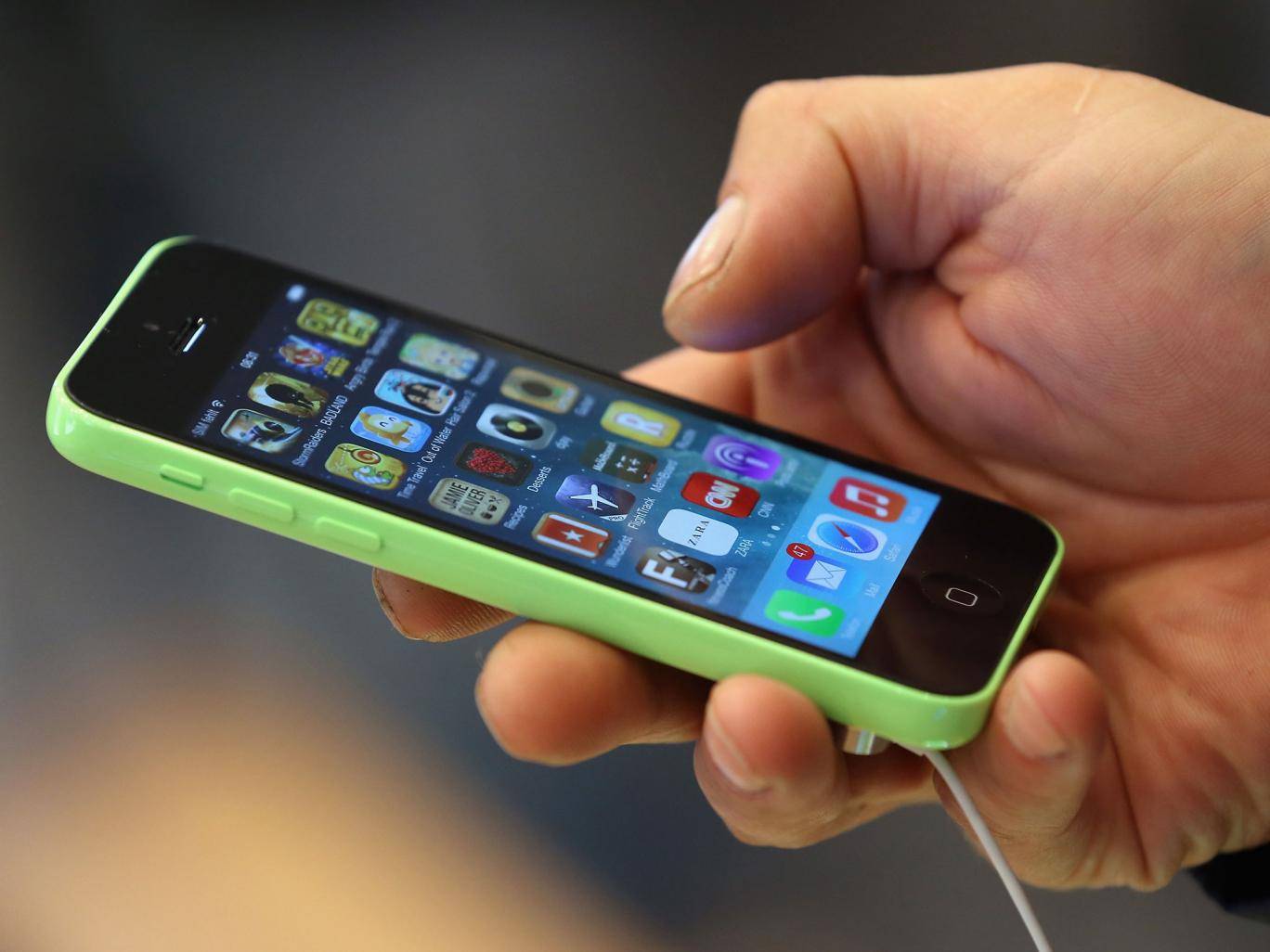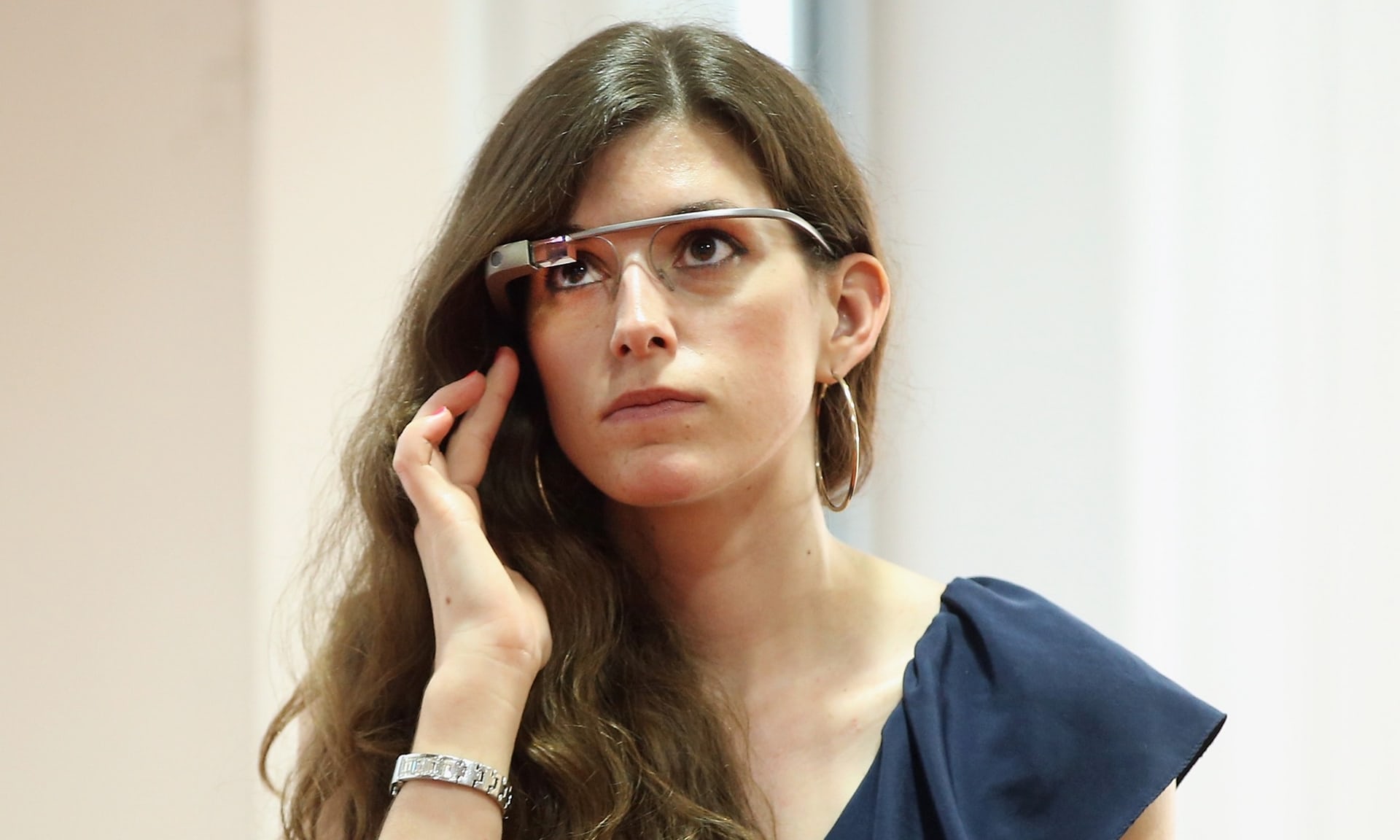Addicted To Losing: How Casino-Like Apps Have Drained People of Millions
NBC News spoke to 21 people who said they were hooked on casino-style apps and had spent significant sums of money. The industry is almost entirely unregulated. From a report:
Shellz, 37, a nurse from Houston, spends at least two hours a day with her husband playing a casino-style smartphone game called Jackpot Magic. The app offers a variety of typical casino games to play, including their favorite, called Reel Rivals, a game in which players accrue points by playing a virtual slot machine. As in a real casino, players exchange money for coins to bet. Unlike in a real casino, there is no way to win money back or earn a payout on coins. But that has not stopped Shellz and her husband from spending about $150,000 in the game in just two years. She asked to use her in-game username so her family does not find out how much money they have spent on the game. “We lie in bed next to each other, we have two tablets, two phones and a computer and all these apps spinning Reel Rivals at the same time,” she said. “We normalize it with each other.” Jackpot Magic is an app made by Big Fish Games of Seattle, one of the leaders in an industry of “free-to-play” social games into which some people have plowed thousands of dollars. Big Fish Games also operates a similar app, Big Fish Casino. Both are labeled as video games, which allows the company and others like it to skirt the tightly regulated U.S. gambling market. But unlike the gambling market, apps like Jackpot Magic and Big Fish Casino are under little oversight to determine whether they are fair or whether their business practices are predatory.NBC News spoke to 21 people, including Shellz and her husband, who said they were hooked on the casino-style games and had spent significant sums of money. They described feelings of helplessness and wanting to quit but found themselves addicted to the games and tempted by the company’s aggressive marketing tactics. Most of the 21 players wished to remain anonymous, as they were ashamed of their addictions and did not want their loved ones to find out about their behavior. A 42-year-old Pennsylvania woman said she felt saddened that she spent $40,000 on Big Fish Casino while working as an addiction counselor. “The whole time I was working as an addiction counselor, I was addicted to gambling and with no hope of winning any money back,” she said. Big Fish Games did not make anyone available for an interview, nor did the company respond to detailed questions. The company has said in previous court filings that only a fraction of the game’s players actually spend money. In a response to NBC News’ inquiries, the company issued a statement saying its games are not gambling and should not be regulated as su



